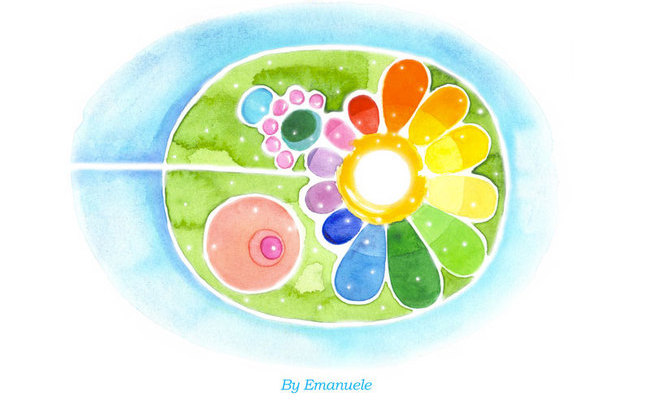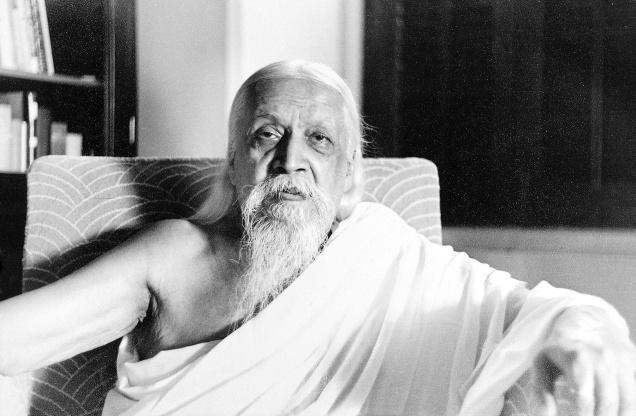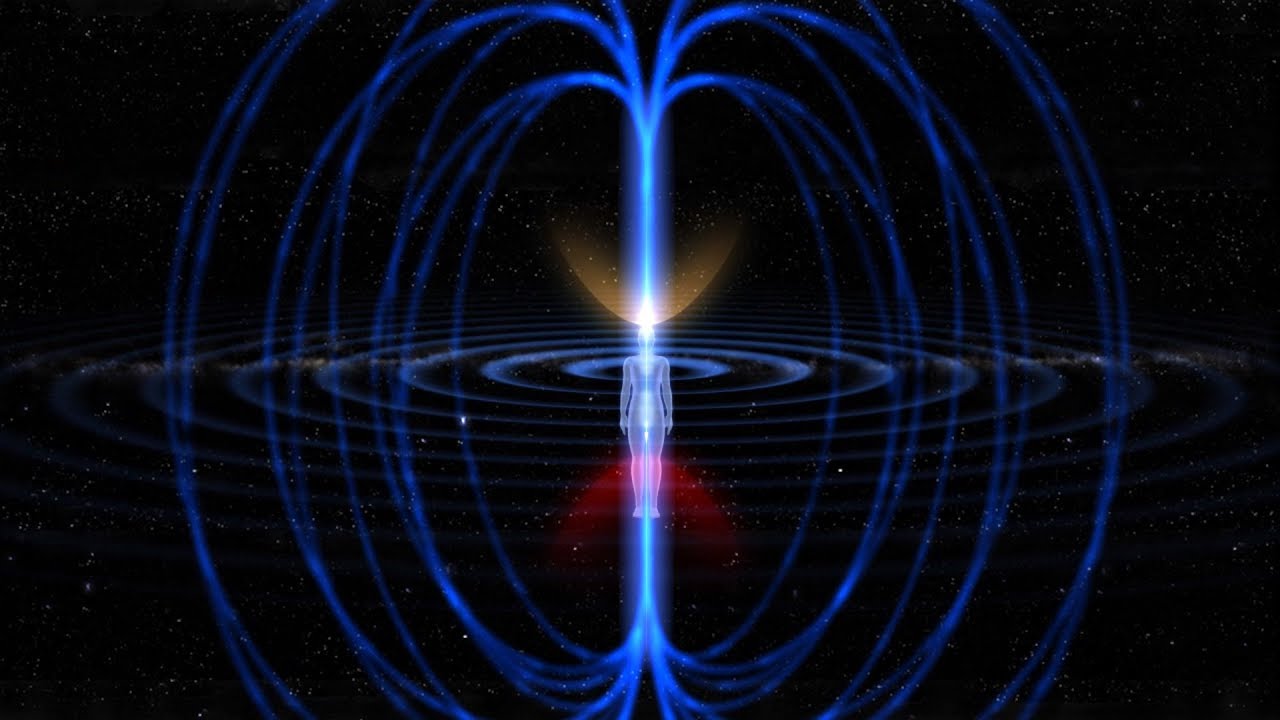Integral Yoga

Many Aurovilians, certainly those who have specifically come for Auroville's spiritual vision and call, are practising the 'Integral Yoga' as described by Sri Aurobindo, and naturally refer to it in their communications in daily life as well as on this site. We add here below some introductory definitions relating to the yoga in the words of Sri Aurobindo himself.
Transformation of our superficial, narrow and fragmentary human way of thinking, seeing, feeling and being into a deep and wide spiritual consciousness and an integrated inner and outer existence and of our ordinary human living into the divine way of life.
This yoga accepts the value of cosmic existence and holds it to be a reality; its object is to enter into a higher Truth-Consciousness or Divine Supramental Consciousness in which action and creation are the expression not of ignorance and imperfection, but of the Truth, the Light, the Divine Ananda (Bliss). But for that, the surrender of the mortal mind, life and body to the Higher Consciousness is indispensable, since it is too difficult for the mortal human being to pass by its own effort beyond mind to a Supramental Consciousness in which the dynamism is no longer mental but of quite another power. Only those who can accept the call to such a change should enter into this yoga.
The Sâdhanâ [practice] of the Integral Yoga does not proceed through any set mental teaching or prescribed forms of meditation, mantras or others, but by aspiration, by a self-concentration inwards or upwards, by a self-opening to an Influence, to the Divine Power above us and its workings, to the Divine Presence in the heart and by the rejection of all that is foreign to these things. It is only by faith, aspiration and surrender that this self-opening can come.
The method we have to pursue is to put our whole conscious being into relation and contact with the Divine and to call Him in to transform our entire being into His, so that in a sense God Himself, the real Person in us, becomes the sâdhaka of the sâdhana* as well as the Master of the Yoga by whom the lower personality is used as the centre of a divine transfiguration and the instrument of its own perfection. In effect, the pressure of the Tapas, the force of consciousness in us dwelling in the Idea of the divine Nature upon that which we are in our entirety, produces its own realisation. The divine and all-knowing and all-effecting descends upon the limited and obscure, progressively illumines and energises the whole lower nature and substitutes its own action for all the terms of the inferior human light and mortal activity.
* Sâdhana, the practice by which perfection, siddhi, is attained;
Sâdhaka, the Yogin who seeks by that practice the siddhi.
It is not merely to rise out of the ordinary ignorant world-consciousness into the divine consciousness, but to bring the supramental power of that divine consciousness down into the ignorance of mind, life and body, to transform them, to manifest the Divine here and create a divine life in Matter.
This yoga can only be done to the end by those who are in total earnest about it and ready to abolish their little human ego and its demands in order to find themselves in the Divine. It cannot be done in a spirit of levity or laxity; the work is too high and difficult, the adverse powers in the lower Nature too ready to take advantage of the least sanction or the smallest opening, the aspiration and tapasyâ (concentration of the will) needed too constant and intense.
To concentrate, preferably in the heart and call the presence and power of the Mother to take up the being and by the workings of her force transform the consciousness. One can concentrate also in the head or between the eye-brows, but for many this is a too difficult opening. When the mind falls quiet and the concentration becomes strong and the aspiration intense, then there is the beginning of experience. The more the faith, the more rapid the result is likely to be. For the rest one must not depend on one's own efforts only, but succeed in establishing a contact with the Divine and a receptivity to the Mother's Power and Presence.
Key Methods
It is the psychic movement that brings the constant and pure devotion and the removal of the ego that makes it possible to surrender.
Meditation in the head by which there comes the opening above, the quietude or silence of the mind and the descent of peace etc. of the higher consciousness generally till it envelops the being and fills the body and begins to take up all the movements.
Separation of the Purusha from the Prakriti, the inner silent being from the outer active one, so that one has two consciousness or a double consciousness, one behind watching and observing and finally controlling and changing the other which is active in front. The other way of beginning the yoga of works is by doing them for the Divine, for the Mother, and not for oneself, consecrating and dedicating them till one concretely feels the Divine Force taking up the activities and doing them for one.
The object of the Integral Yoga is to enter into and be possessed by the Divine Presence and Consciousness, to love the Divine for the Divine's sake alone, to be tuned in our nature into the nature of the Divine, and in our will and works and life to be the instrument of the Divine.
The whole principle of Integral Yoga is to give oneself entirely to the Divine alone and to nobody else, and to bring down into ourselves by union with the Divine Mother all the transcendent light, power, wideness, peace, purity, truth-consciousness and Ananda of the Supramental Divine.
The psychic change so that a complete devotion can be the main motive of the heart and the ruler of thought, life and action in constant union with the Mother and in her Presence. The descent of the Peace, Power, Light etc. of the Higher Consciousness through the head and heart into the whole being, occupying the very cells of the body. The perception of the One and Divine infinitely everywhere, the Mother everywhere and living in that infinite consciousness.
From 'Dictionary of Sri Aurobindo's Yoga', compiled from the writings of Sri Aurobindo by M.P. Pandit, published by Dipti Publications, Sri Aurobindo Ashram.
See Also



